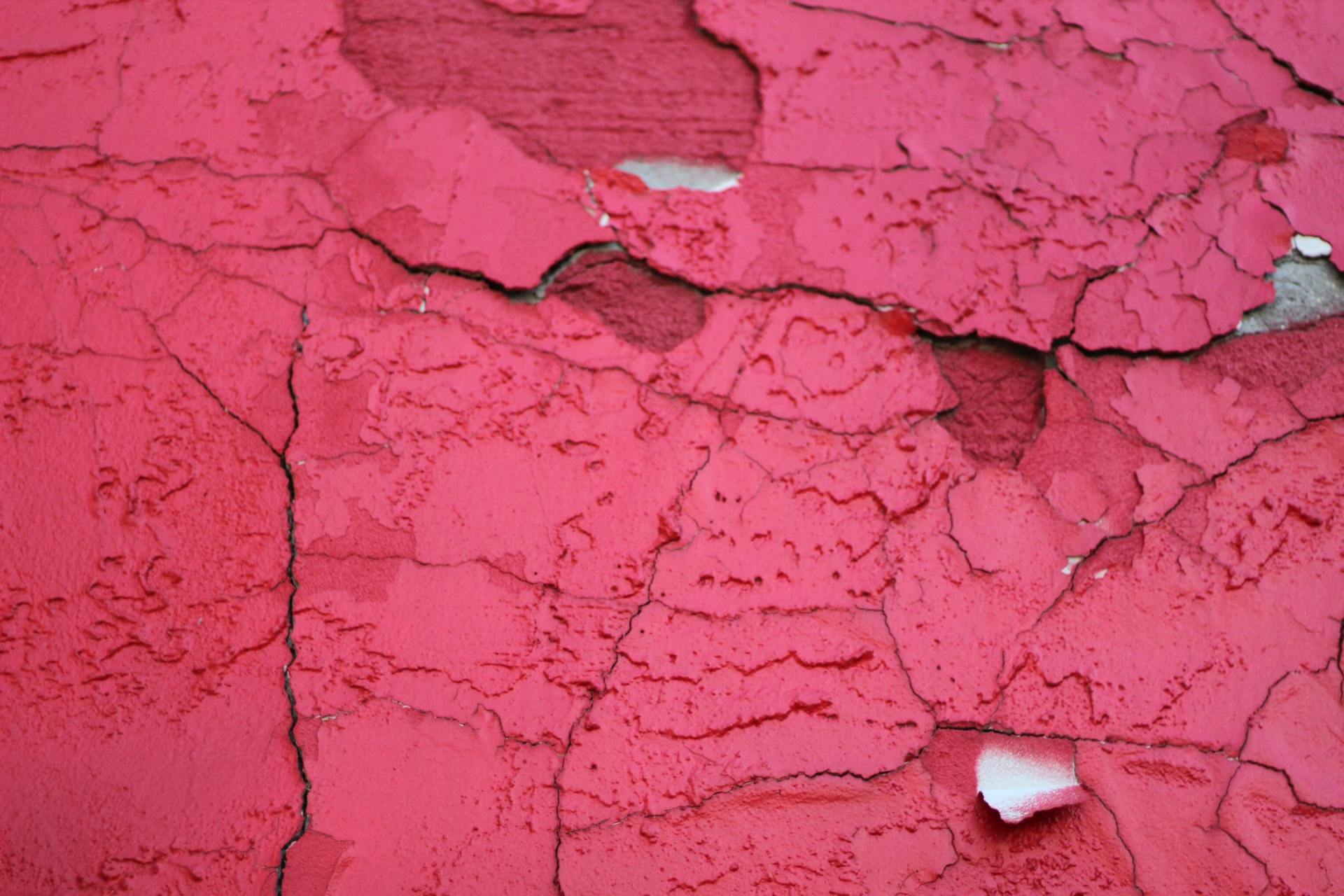7 Reasons Why Paint Might be Peeling in your Home

Moisture
Moisture is without a doubt the primary culprit for paint peeling, flaking, or even chipping because water can break through coats of paint, causing it to separate from the surface. Once the paint separates from the surface of the wood, this can result in the commonly found cracking or bubbling effect you've probably seen, the most common issue in bathrooms. This is generally due to a certain level of water damage, humidity, or condensation in the environment, typically near the bathroom or windows. To put it simply, paint and water do not mix when it comes to interior painting.
Dirty, unclean or unprepared surfaces
For a coat of paint to stick properly, the surface will need to be adequately prepared. If the paint is applied to an irregular or unprimed surface, you can expect peeling issues. This brings back mould and mildew because if there is any dirt or foreign substances on the surface before you start painting, then the paint will not stick. Mould will continue to grow, breaking through the paint, causing it to fall, which can cause severe health risks, due to the removal of the lead paint. This is why it's essential to make sure that you clean the area beforehand and prepare the surface using the correct tools and primer.
Hot & dry temperatures
Dry environments prevent paint from effectively adhering to the wall, causing paint layers to deteriorate and your paint to peel. And high humidity will destroy your paint because not only will it separate, but it can also cause the paint to dry out quicker, making it more vulnerable to cracking and peeling. Even if the room temperature is not overly hot, but the wall is within direct line of the sun, then the sunlight can cause the material to heat to such a degree where the same issue occurs. Elastic and latex paints could expand and contract when exposed to the sun, breaking down their adhesive bonds in time.
Wrong or expired paint
This one may surprise you but believe it or not, paint does expire. This is why house painters should never use paint that's been sitting around for years and years. In addition to growing mould or mildew, the paint can separate, effectively making it unusable. A good way to tell if your paint has gone bad is by simply lifting the lid and smelling it. If it smells a little funky, then you're probably safe to toss it away. In addition to expired paint, it's also important to keep an eye out for the specific type of paint you need and the specific surface that you'll be painting on.
For example, oil-based paints will not paint over latex ones and vice versa. So you should always try to use the same base when possible oil-based paints are more durable, water-based paints are more flexible. Also, if you use the wrong type of paint for the surface you're painting on, then the paint is just about guaranteed to peel at some point, plus it's probably going to look a little 'off'. This is why there are many different options for both interior and exterior painting such roof painting, fence painting, wood painting, etc.
Too many layers of paint
Even though you're probably not aware of it while you're painting, paint can get pretty darn heavy, which is why you need to be extremely cautious of adding too many layers, and thus too much paint. If too many layers are applied to a surface, the coating is almost guaranteed to become heavy and fall off, and if there are no strong adhesive bonds there to support the weight of the layers. Then the coat of paint will fall off immediately. Eventually, gravity will take over and begin moving the paint away from the surface, so this is something to keep in mind as you go about painting your home.
Low-quality paint brand
Believe it or not, some paint brands are not so great in terms of flexibility and adhesion, with some of the lower-quality paints having issues with drying, sticking, and eventually peeling. Paints that contain calcimine are not great for interior painting. Instead, you'll want to choose a paint with a lot of pigment, resin which makes paint stick, and fewer solvents like water. Low-quality brands won't dry or adhere properly, so you'll need to be sure you keep an eye out for the correct tools based on your project.
Time
Time is always going to be a factor in house painting, but especially if you're noticing problems with paint peeling in particular. To maintain your surfaces, repainting is an absolute necessity, as most wood surfaces will need to be repainted every 3-7 years for optimal aesthetic, 5 years for aluminium. Keep in mind that paint won't last forever, and with time, the cohesive bonds of a coat of paint will become stronger than the adhesive bonds. Meaning that the layers will eventually detach from the surface, whether you like it or not.
You might also like



Free Instant Quote
***Plus free bonus coupon***
Free Instant Quote!
We will get back to you as soon as possible
Please try again later